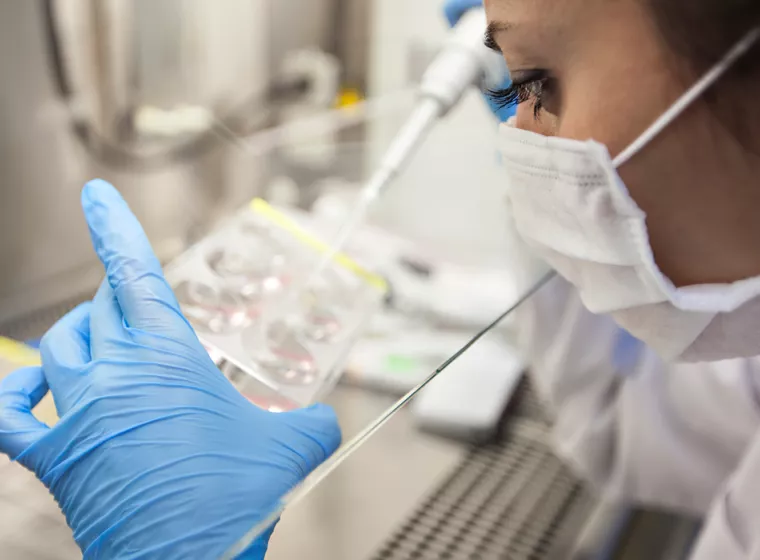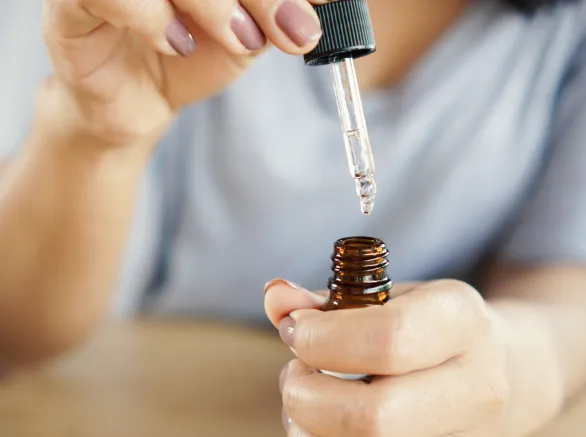March 15, 2024
Following a voluntary 2020 FDA initiative, grease-proofing agents containing certain per- and polyfluoroalkyl substances are no longer on the market in the U.S.
On Feb. 28, the Food and Drug Administration announced that grease-proofing materials for food packaging that include certain per- and polyfluoroalkyl substances (PFAS) are no longer being sold in the U.S. This development is the result of a voluntary phaseout initiated in 2020, which FDA's recent press release describes as "a positive step forward as we continue to reevaluate chemicals authorized for use with, and in, food."
Phaseout of certain PFAS in food packaging years in the making
PFAS have historically been used by manufactures in various food contact applications for their nonstick properties and resistance to oils and water. This includes use in grease-proofing agents for paper food packaging, such as fast food wrappers, pizza boxes, microwave popcorn bags, and compostable bowls.
Studies indicate that certain PFAS have the potential to leach from food contact materials into food, resulting in exposure and health risks. However, application and chemistry are key. According to FDA, "The extent to which food contact substances, including those that contain PFAS, migrate to food depends on the authorized and intended use, molecular structure of the substance, [sic] how the final product is manufactured."
FDA's 2020 voluntary initiative phased out the sale of PFAS-containing grease-proofing materials over 3 years beginning in 2021, along with an estimated 18-month period for the stock of these materials to be exhausted in the marketplace.
Implications for food manufacturers and materials suppliers
Along with its announcement about the phaseout of PFAS-containing grease-proofing agents, FDA disclosed the ongoing development of a validated analytical method to monitor the market for these substances going forward. FDA acknowledges that PFAS may also be present in food packaging as contaminants or impurities at low levels that would not likely create concerns for human health and that highly sensitive test methods would be needed to detect these low levels. FDA states that more general test methods, such as total organic fluorine (TOF), can indicate the presence of fluorine in a sample, but they cannot discern between PFAS and other "non-concerning" fluorine-containing substances.
While FDA has not banned PFAS in food packaging, and certain PFAS remain authorized for food contact use, food manufacturers and materials suppliers will benefit from reviewing their supply chains to identify PFAS in their products to prepare for future monitoring and work towards compliance with emerging state-level regulations.
Several states have passed legislation that prohibits PFAS in food packaging, both intentionally added PFAS and the presence of TOF greater than 100 parts per million. Many of these regulations include food packaging materials beyond those with direct contact with food, including labels, inks, and adhesives, as well as packaging components such as exterior strapping and weatherproofing materials. Understanding the use and presence of PFAS in food packaging beyond grease-proofing is important for regulatory compliance with these state-level regulations.
What Can We Help You Solve?
Exponent closely monitors the continually changing PFAS regulatory landscape to help clients prepare for new PFAS regulations. Our experts have years of experience investigating supply chains for PFAS sources, working with third-party laboratories to test materials and products for specific PFAS and total organic fluorine, and assisting clients in making decisions that suit their product lines and stewardship goals.
![Consumer Products [PSMC]](/sites/default/files/styles/cards_home_card/public/media/images/GettyImages-171366863.jpg.webp?itok=0YQ9vN1U)
Food
Food safety, nutrition, and dietary exposure assessments, and technical and regulatory support.

Chemical Regulation & Food Safety
Overcome global regulatory challenges for food, pesticides, and personal care products.
![Regulatory Compliance [BES]](/sites/default/files/styles/cards_home_card/public/media/images/GettyImages-1343544200.jpg.webp?itok=fX0tve2u)
Food Contact Materials Support
Evaluate whether Food Contact Materials (FCMs) are compliant for the markets of interest.

PFAS Consulting Services
Manage PFAS in your products, supply chains, and waste streams.

Product Stewardship
Overcome business and regulatory challenges at every stage, from research and design to disposal and recycling.

Bioavailability & Chemical Exposure Assessment
Bioavailability analysis for soils, sediments, and natural waters.






